Cercis Canadensis 'Forest Pansy'
Common Name: Forest pansy
Mature Height: 8 - 10m (approx)
Mature Width: 6 - 8m (approx)
Foliage: Deciduous, broad purple leaf heart-shaped leaves
Flowers: Pink blossoms appear in early spring
Form: Upright, V-shaped
Uses: Feature tree, Shade tree, Specimen tree/ Ornamental trees
Evergreen/ Deciduous: Deciduous tree (loses its leaves in winter)
Tolerates: Most soil types and PH levels, salt, wind. Doesn't like prolonged periods of drought or periods of wet.
Sun: Full sun to part shade
Maintenance: Low
Growth rate: relatively fast-growing
The Cercis Canadensis 'forest pansy' is a deciduous tree that is native to North America. It is a member of the Fabaceae family, which includes legumes such as peas and beans. It is an ideal feature tree to have in gardens due to its low maintenance and its beautiful purple leaves and pink flowers that appear in early spring. In this blog post, we will give you an overview of the main features of the Cercis Canadensis 'forest pansy', as well as some tips on how to care for it.
Mature Height and Width
The Cercis Canadensis 'forest pansy' typically grows to a height of 8-10 meters and a width of 6-8 meters.
Foliage and Flowers
The leaves of the Cercis Canadensis 'forest pansy' are broad, heart-shaped, and green. They turn yellow in autumn before falling off the tree. The pink blossoms appear in early spring.
Uses
The Cercis Canadensis 'forest pansy' is typically used as a feature tree, shade tree, or specimen tree with its gorgeous coloured leaves.
Sun and Tolerances
The Cercis Canadensis 'forest pansy' prefers full sun to part shade, and can tolerate most soil types and pH levels. It is salt tolerant and can also tolerate wind. However, it does not like prolonged periods of drought or wetness.
Maintenance Requirements
This tree is low-maintenance, meaning that it does not require much care or attention. Once established, it is drought-tolerant and does not need to be watered regularly. However, it should be fertilized in late winter or early spring with a balanced fertilizer prior to new growth emerging. Apply according to manufacturer's instructions and avoid getting the fertilizer on the leaves as this may burn them.
Pruning
Pruning is unnecessary, but you can cut back dead or damaged branches any time of year. To prevent damage to the trunk, do not remove more than one-third of the living branches in any one pruning session.
Planting and care instructions
When planting your Cercis Canadensis 'forest pansy' tree, choose an area of your garden that receives full sun or partial shade. This tree does not like wet, boggy conditions so make sure the soil drains well. If you are planting more than one tree, space them 3-4 metres apart so they have room to grow.
At Evergreen Trees Direct, we sell Cercis Canadensis - Forest Pansy in a range of different sizes. Please click the image below to view.


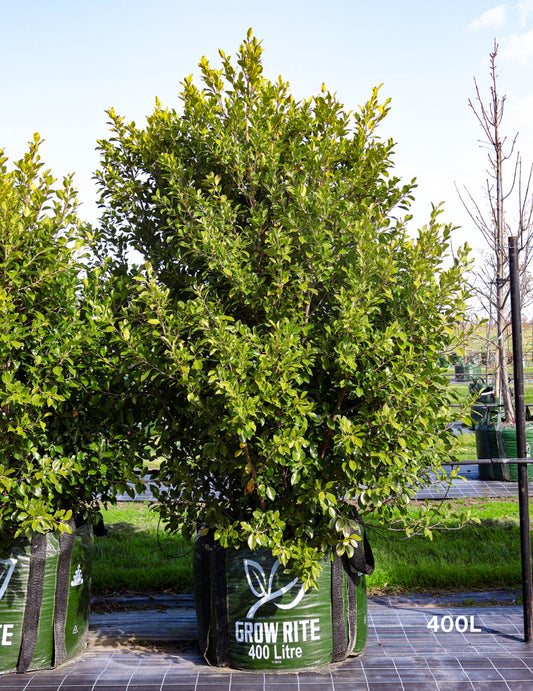
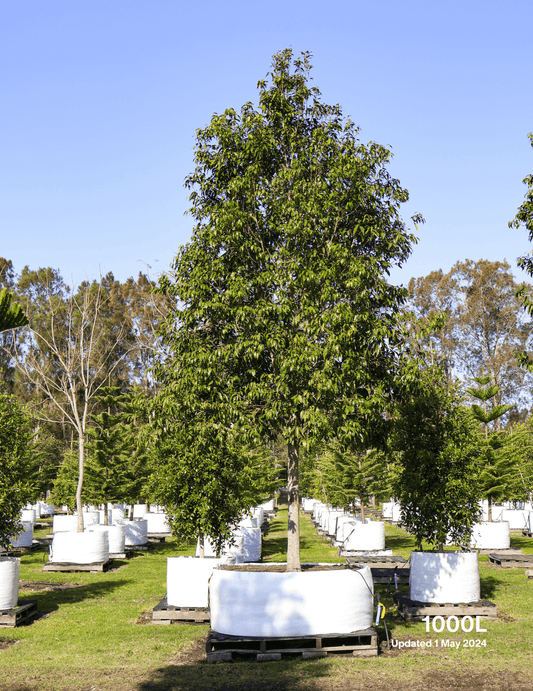
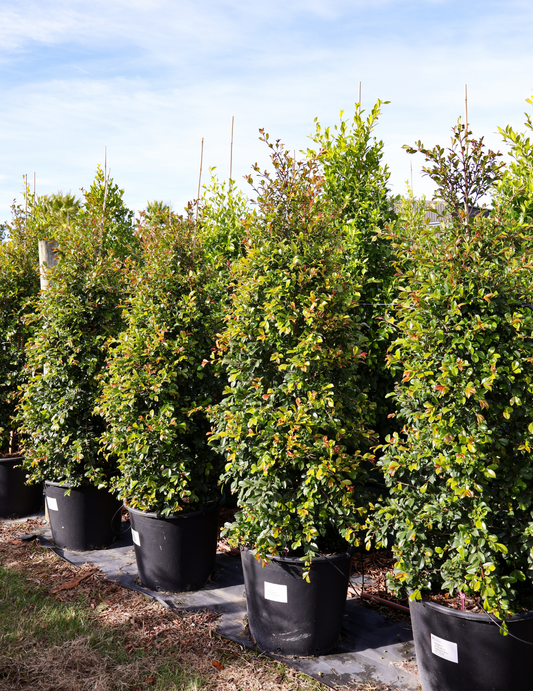
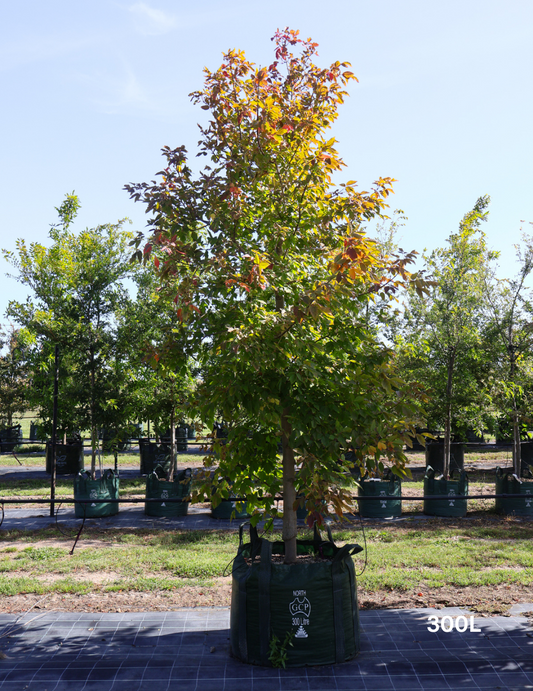
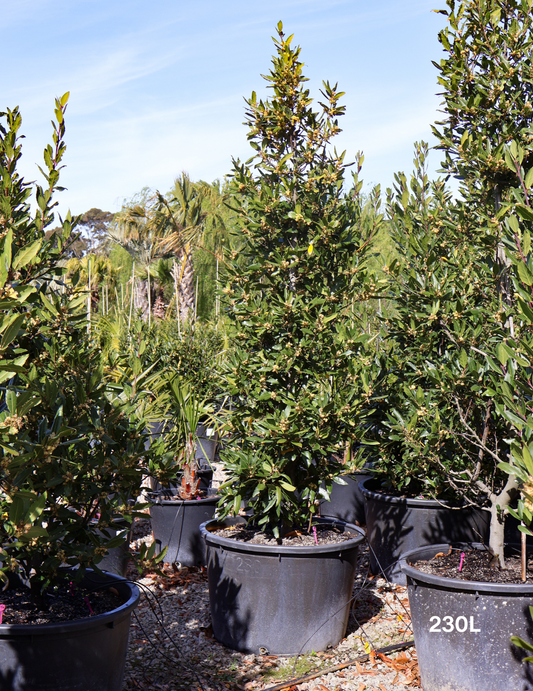
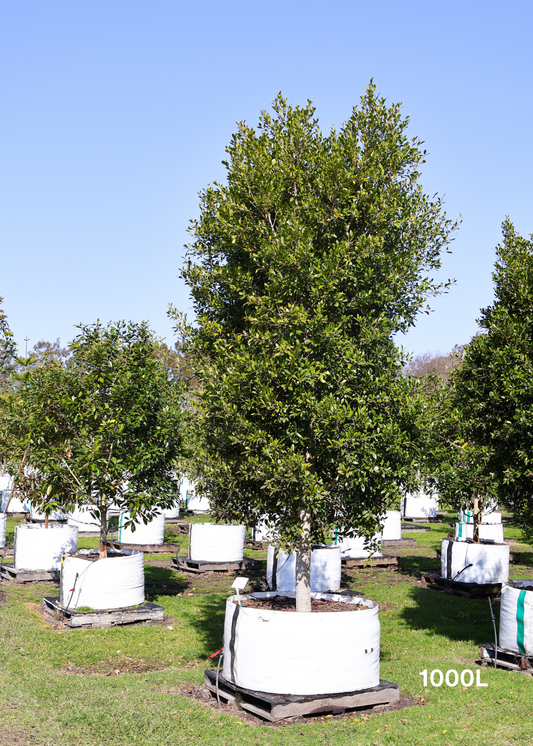
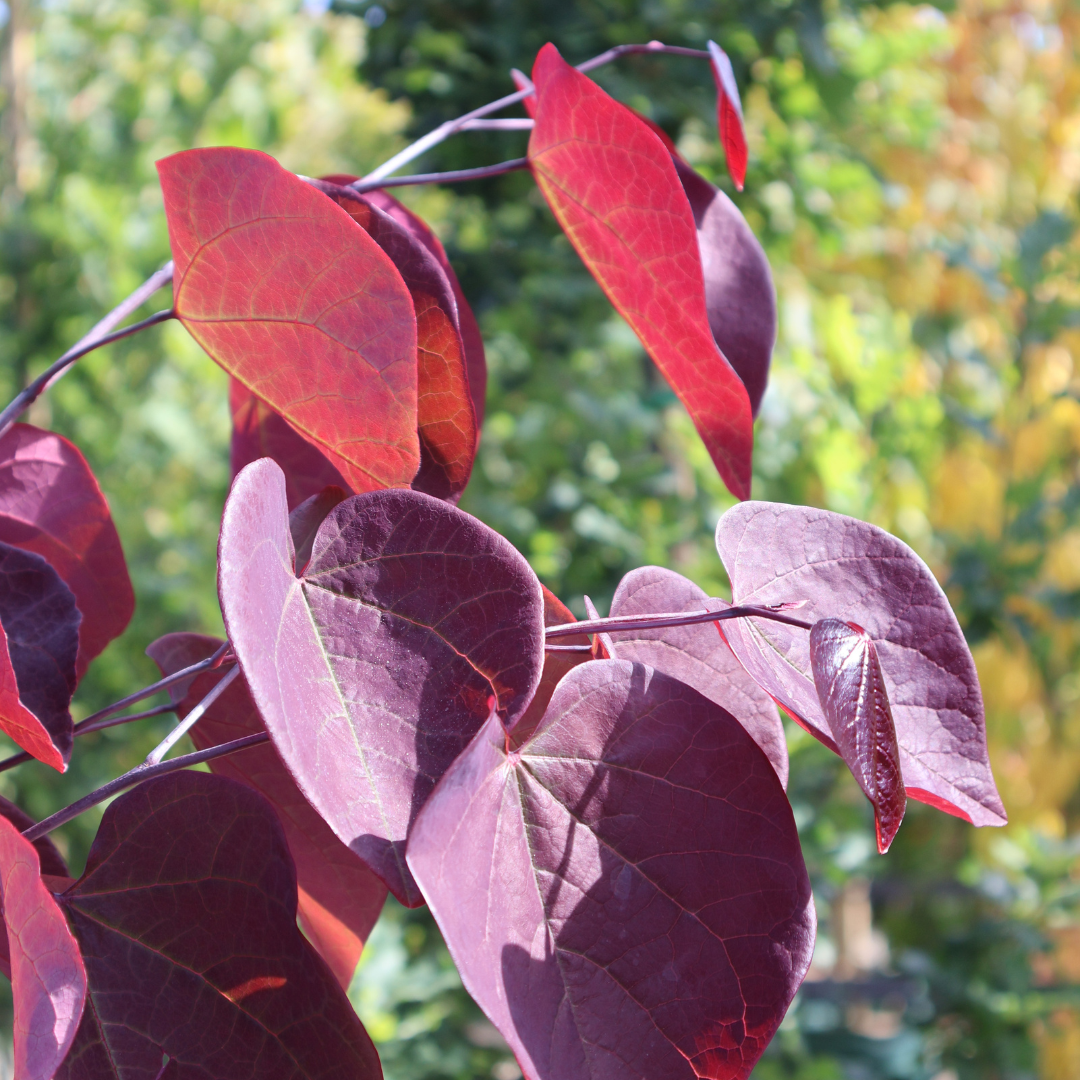






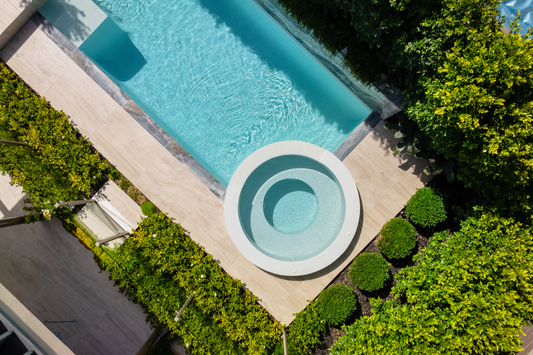
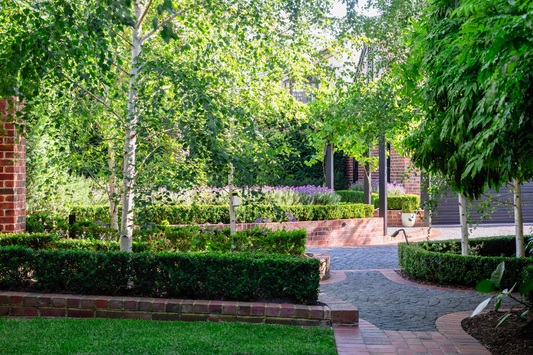

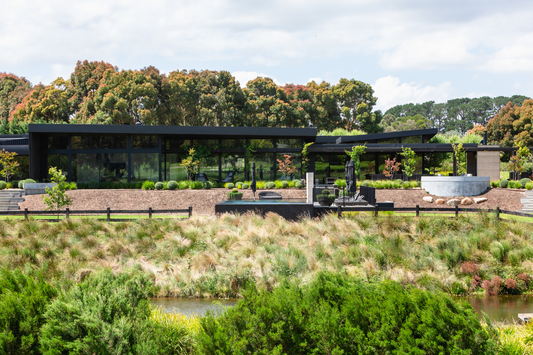
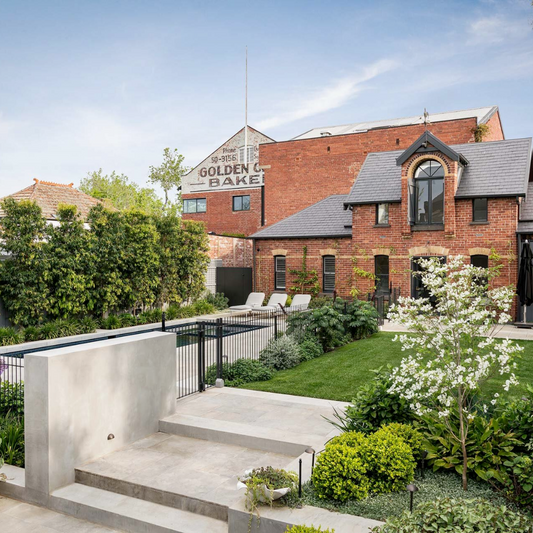
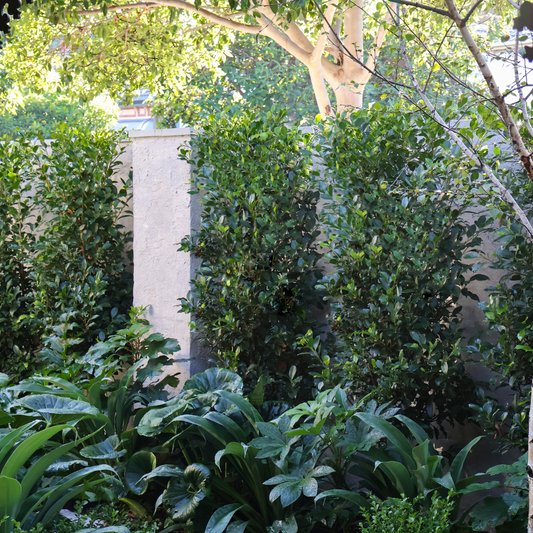
1 comment
Hi
I had 3 Forest Pansies but after pruning a little to reduce the size, two of them died and the trunks have split.
I’d like to remove some lower branches on the one that survived, but I’m frightened about losing that one too. Do you have any tips please? I live in Hobart.
Thanks in advance.
Kind regards
Susan